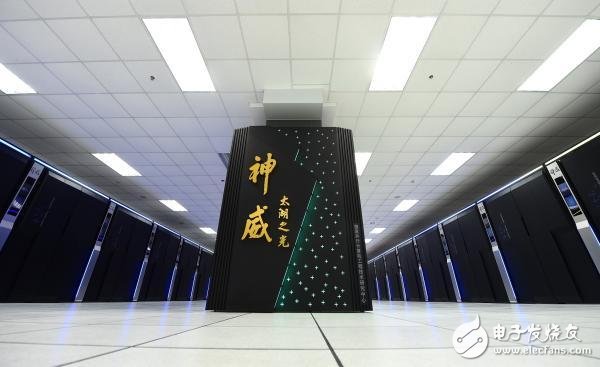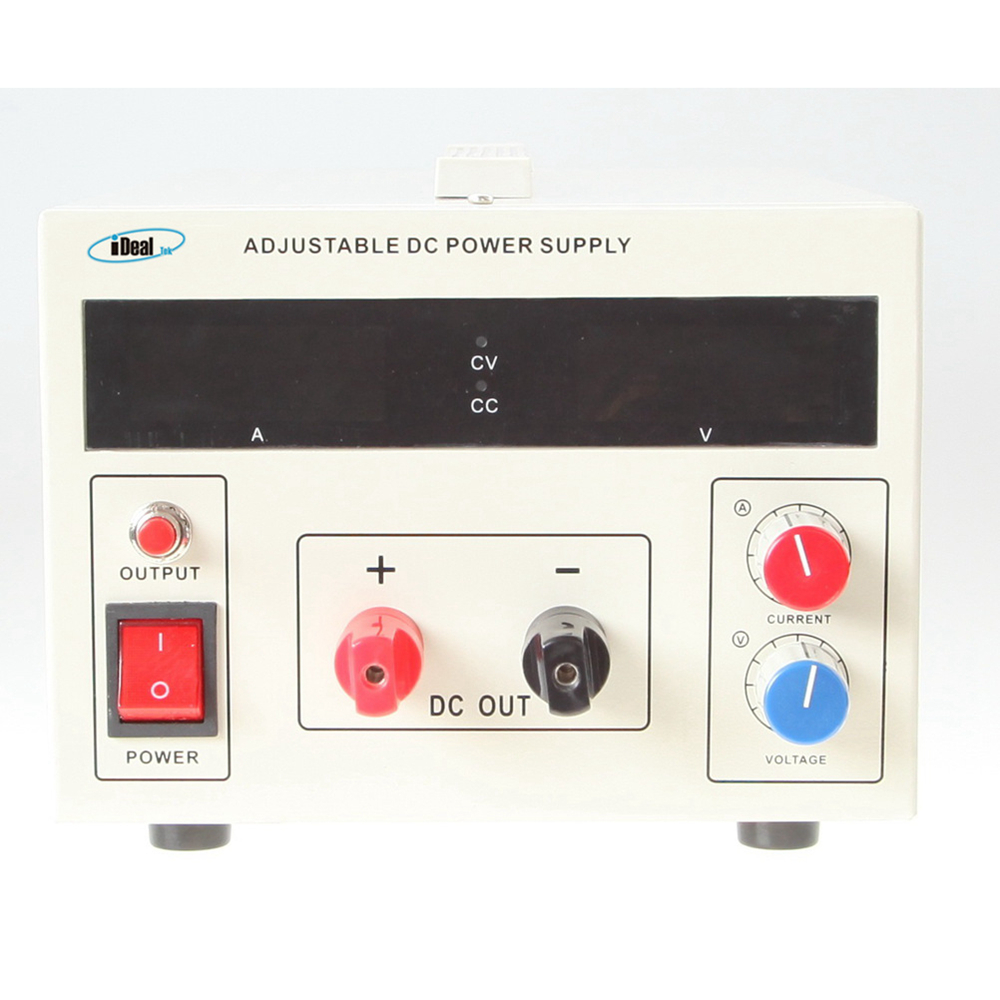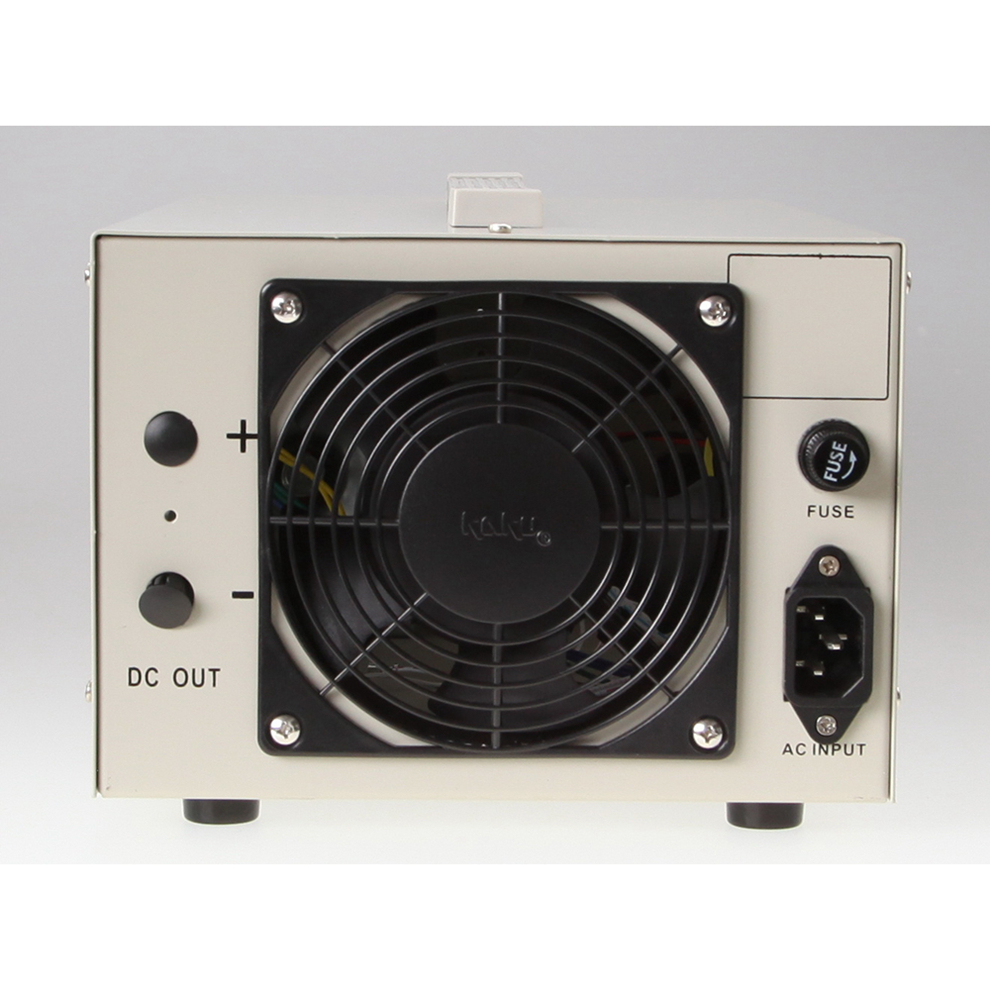Recently, China’s self-developed supercomputer “Shenwei·Taihu Light†once again won the World Supercomputing Championship at the 2017 International High Performance Computing Conference, and won the first three consecutive championships of the Chinese domestic supercomputer system in the world computer champion. In addition, the glorious history of the Tianhe No. 2 win six times before, China's super-calculation is very dazzling on the world stage.

"Shenwei·Taihu Light" supercomputer.
Recently, China’s self-developed supercomputer “Shenwei·Taihu Light†once again won the World Supercomputing Championship at the 2017 International High Performance Computing Conference, and won the first of the Chinese domestic supercomputer system in the world computer champion. Three consecutive championships, plus the glorious history of the previous Tianhe No. 2 wins six times, China's super-calculation is very dazzling on the world stage.
However, the super-calculation under the spotlight has a "running" speed and good performance, but there is a short board in the application.
"Bringing a boat out to sea" is not a common victory strategyBefore the birth of "Shenwei·Taihu Light", China's super-calculation Tianhe 2 was once the "hegemony" in the world of high-performance computing. It has won the world TOP500 six times and is widely used in scientific research fields such as weather, climate, biomedicine and new materials. But it also suffered from "crisis", the Tianhe series of processors from the United States - Tianhe No. 1 is Intel's CPU plus NVIDIA's GPU; Tianhe II is Intel's GPU plus Intel's many-core processor.
"The purchased chip technology is mature and its role is fast. Although it is a development strategy, the autonomy of technology can not be realized." Dr. Gan Lin, a postdoctoral fellow in the Department of Computer Science at Tsinghua University, said in an interview with the Science and Technology Daily on July 28 that 2015 A series of measures announced by the United States to embargo on the core processor in China also directly led to the development of the Tianhe system.
"Tianhe No. 2 has surpassed the US supercomputers such as Titan by 'borrowing the ship', but in key areas such as national defense security, the state has made clear requirements for self-control." Gan Lin said that key technologies are subject to people, although they can be "masters." Yichang Technology, but it is greatly discounted at the application level.
Chinese core makes super-country Jedi "counterattack"Why is China's super-computed after the "Shenwei·Taihu Light" has won the world? The reason behind this is that in the face of the unilateral “sanctions†imposed by the US ban, China’s supercomputer has fully adopted the self-developed Chinese core – “Shenwei 26010†heterogeneous multi-core processor to achieve the “reverse†of the Jedi, and the public’s understanding has also “Simply win by speed†has transformed into “autonomous breakthrough, peak speed, continuous performance, green indicators, applications and other aspects to achieve a comprehensive breakthroughâ€.
The National Computational Fluid Dynamics Laboratory used the "Aerospace Vehicle Uniform Algorithm Numerical Simulation" software developed based on "Shenwei·Taihu Light" to complete large-scale parallel calculation of the collapse status of multiple groups of Tiangong-1 aircraft. Using 16384 processors (1/8 of Taihu's light machine), it takes 12 months to complete the calculation task in 20 days. The calculation results are in good agreement with the wind tunnel test results. Moreover, materials science closely related to the aerospace field also needs to calculate which elements can be added to achieve the most effective effect through simulation.
Now, the peak computing performance of Taihu Lake's light reaches 1.254 billion times per second. This means that the 1 minute computing power of Taihu Lake is equivalent to 7.2 billion people worldwide who use the calculator to calculate 32 years without interruption. Obviously, China's super-computed hardware capabilities are not "indecent", so, is there such a strong ability to use such a superpower?
"Middle break" limits application amplificationIn 2016, an application project “running†on the light of Taihu Lake won the “Gordon Bell†award, which achieved zero breakthrough in China's high-performance application field in the past 29 years.
The project “Millions of Nuclear Extended Global Atmospheric Dynamic Implicit Simulations†uses more than 10 million cores to perform a numerical simulation of the climate. The special feature is the algorithm, a new "all-implicit" calculation method. The computational efficiency of this algorithm is nearly an order of magnitude higher than the current highest level of similar problems in the world. Yang Chao, a researcher at the award-winning team of Gordon Bell and a software researcher at the Chinese Academy of Sciences, said that algorithms and performance were the main reasons for the team's award.
The implementation of high-performance computing applications is beyond the reach of supercomputers. It is more like a chain, with the software of the middle layer connecting the upstream application scenario and the downstream machine hardware. Yang Guangwen, a professor at Tsinghua University and director of the National Supercomputing Wuxi Center, said in an interview with the Science and Technology Daily that people engaged in computer research could not design better algorithms and application software because they were not familiar with the application, and those who did software applications lacked computers. The ability to create high-quality software... Even if the technology is mature and demand is strong, as long as the software is lacking, the ability of super-computing will not be able to display.
Moreover, the bigger problem facing China is that not only is software backward, but there is also a certain gap between software ecology and foreign countries. For example, Gan Lin said: The nuclear processor of Taihu Lake is equivalent to 10 million ants in coordination and pulling heavy objects at the same time. If an ant is "sacrificing", the ant's task requires software to be distributed to others. Working ants to ensure that the calculations are carried out reasonably. This seemingly simple step requires general software to control and form a mechanism for fault tolerance and error correction. Although there are also in China, it is not as mature as foreign software. Most of the programs that run on the light of the Taihu Lake have previously required code modifications to optimize the hardware characteristics of the Taihu Lake. This tuning process relies on software tools.
"Although holding the "Gordon Bell" award, there is still a long way to go to comprehensively improve the level of China's supercomputer application." Yang Guangwen speaks very directly. This is similar to just leaving the lab, the efficacy can be foreseen, and implementation is still to be tested. Yang Guangwen believes that to do a good job of super-calculation, researchers need to have a "artisan spirit."
From hardware to software, China has been catching up and constantly trying to catch up and run. At the national level, many projects in the national major science and technology projects are in the field of funding support, and the investment continues to increase. Yang Guangwen said that the system's policies, projects and talent support will promote the development of super-computing research and development, and promote the transformation and upgrading of the national industry.
There is no competition between quantum computing and supercomputerIn the "2017 International Big Data and E-Level Computing Seminar", Yang Guangwen once revealed that the development of the new generation of billions of super-calculations of "Shenwei·Taihu Light" has been included in the national "13th Five-Year Plan" and is currently high. The focus of performance calculation specifically supports the development of three prototypes of “Shenweiâ€, “Tianhe†and “Dawnâ€, and it is expected to launch the first domestically produced tens of billions of supercomputers by 2020.
From the billion to the billions of dollars, it faces enormous challenges. Yang Guangwen told the Science and Technology Daily reporter that the increase in computing power has led to an increase in power consumption. The use of low-power chip design, efficient cooling technology, and optimal management of the entire system management are currently being tackled.
Compared with the emerging quantum computers, Gan Lin believes that the next generation of supercomputers has no competitive relationship with it for decades. Compared with traditional computer, 1 bit can only be represented by two or two. Quantum computers rely on quantum uncertainty to realize polymorphic representation of quantum representation. For example, quantum bits may have multiple states of expression, which may make quantum Computers are much more powerful than traditional computers at the same scale, but the uncertainty of molding time adds more unknowns to this possibility.
"If a quantum computer is to mature, it must have a mature algorithm, and this algorithm must be able to simulate the application and match the quantum uncertainty to produce the desired effect." Gan Lin said that this also leads to only specific application areas. It is suitable for quantum computers.
"In the development and competition of the next generation of supercomputers, China must not only win the battle of speed, but more importantly, win the battle of application!" Yang Guangwen said that the lag of domestic application software and the lack of talents have seriously restricted the development of supercomputer. . With the "Utility" as the ultimate goal, the "Shenwei·Taihu Light" team will further organize domestic and foreign strengths to jointly create a domestic chip eco-environment and strengthen application software development, especially in meteorological climate services, advanced manufacturing, and life and health. Key application areas such as big data analysis do their homework, break through the application bottlenecks, and fill the shortcomings of China's supercomputer application.
SMP series Bench DC Power Supplies are economical, MOSFETs-based, high switching speed, high power density desktop DC power supplies with output power covering 300W ~ 6KW, and maximum voltage up to 800VDC.
Compared with IGBT-based DC switching power supplies, MOSFET-based switching power supplies have a higher switching frequency, making this series Benchtop DC power supplies can use smaller semiconductor devices and LC filter units while ensuring low ripple, high precision, and fast response characteristics of the Benchtop Laboratory Power Supplies DC output. Which gives more space to use a smaller chassis size at the same output power, resulting the high-power density feature of this series Benchtop AC DC power supplies.


The main design purpose of this series of Bench AC-DC power supplies is to fulfill the needs of small laboratory test, precise experiment and universities.
At present, this series of Bench AC DC power supplies below 1KW adopts desktop chassis to match laboratory applications, they are mainly used in LED testing, small electroplating, heating of new materials, electrical component testing and other applications.
Bench DC Power Supplies, Desktop DC Power Supplies, Bench Laboratory Power Supplies, Benchtop AC DC Power Supplies, Bench AC-DC Supplies
Yangzhou IdealTek Electronics Co., Ltd. , https://www.idealtekpower.com
